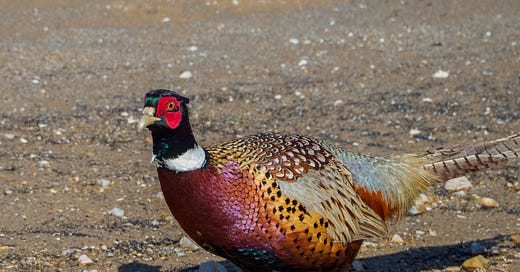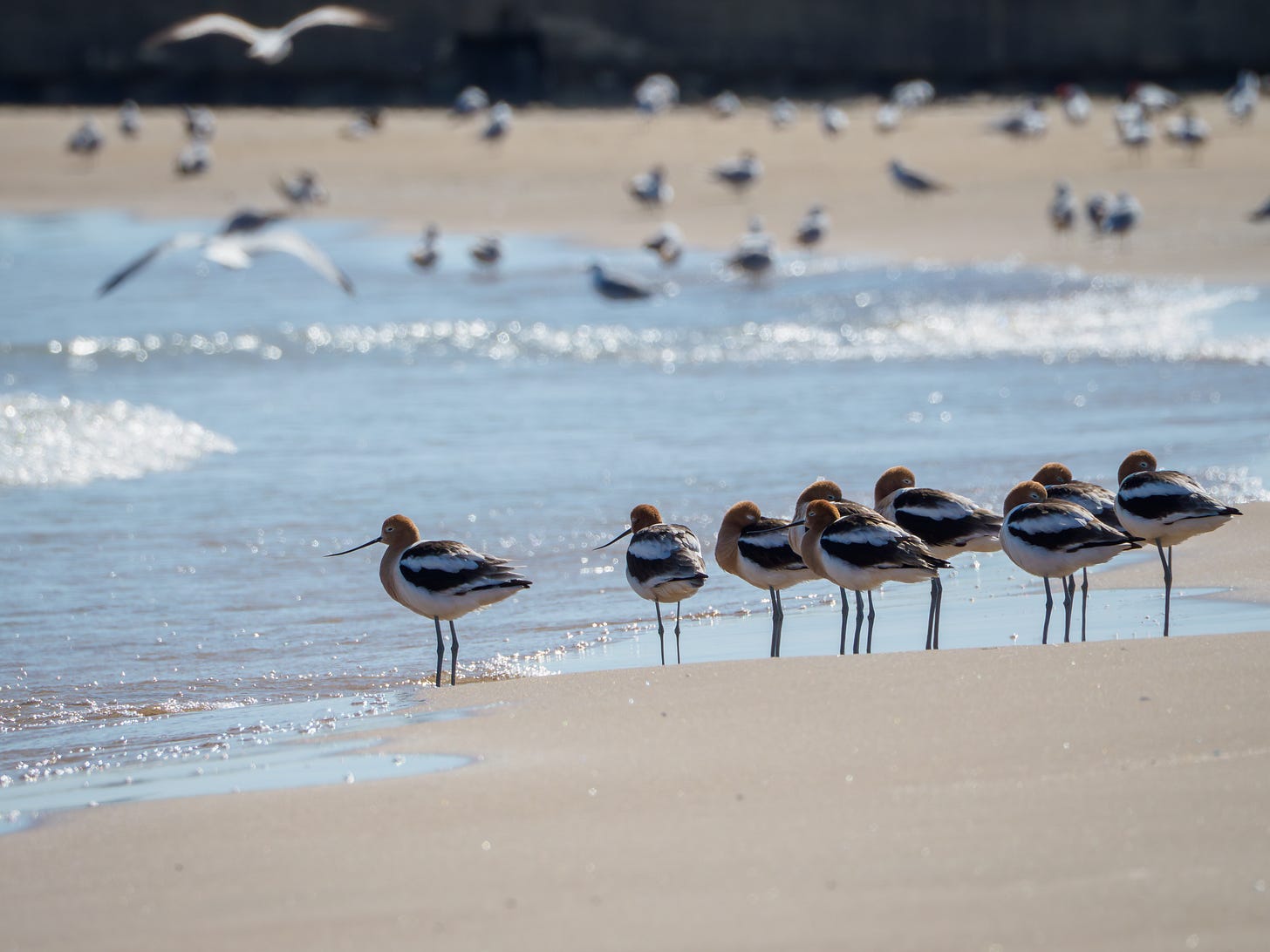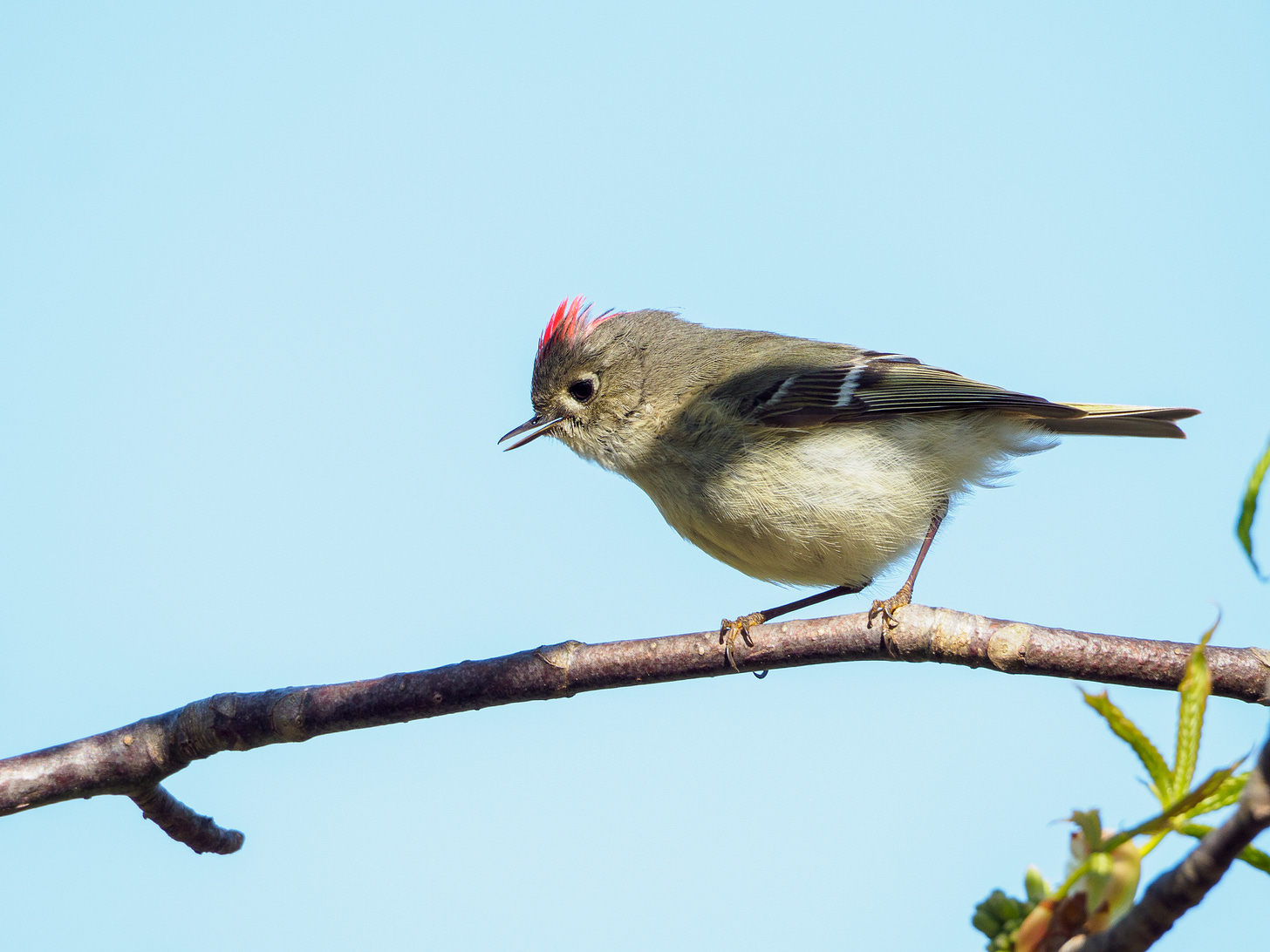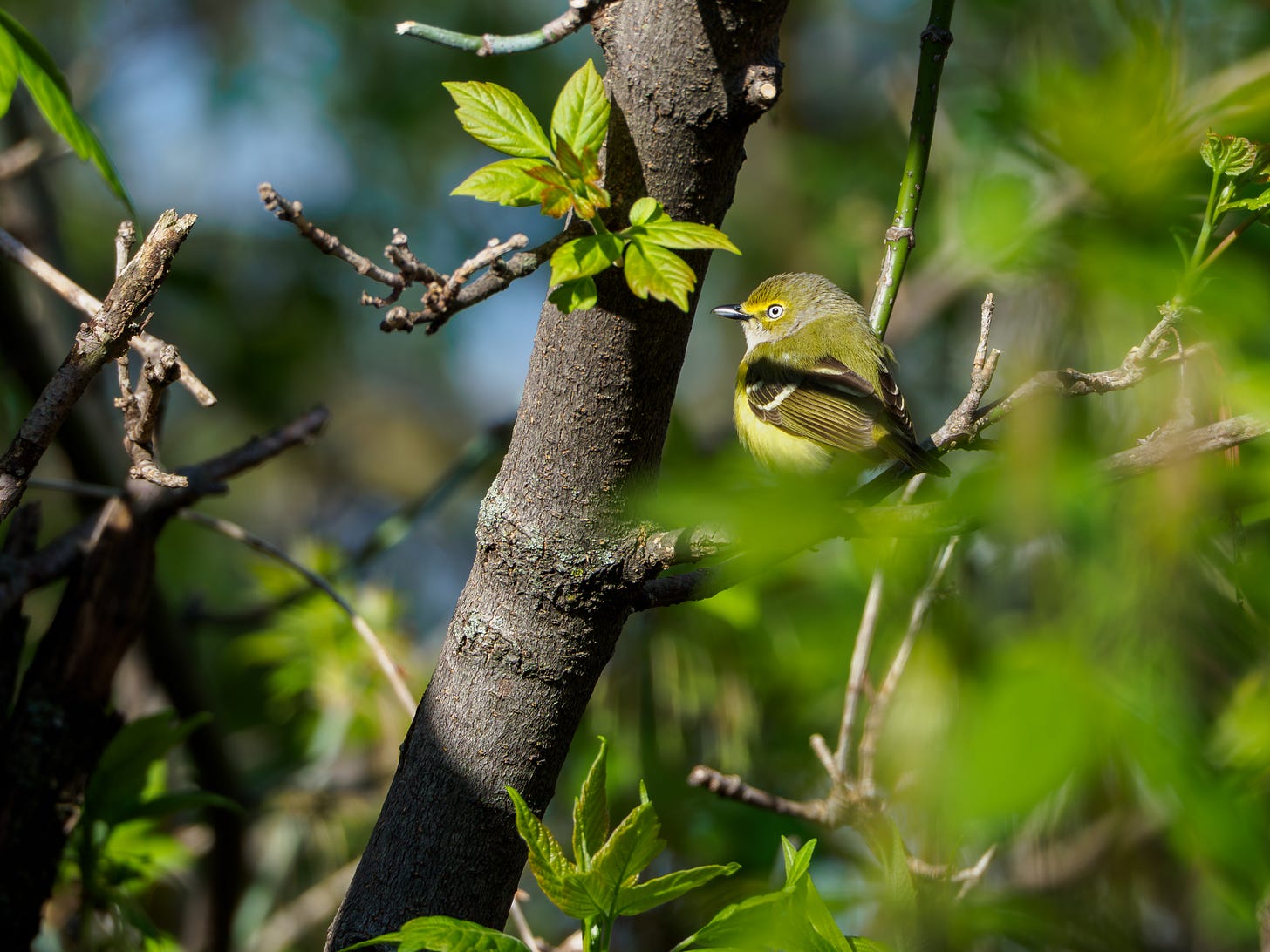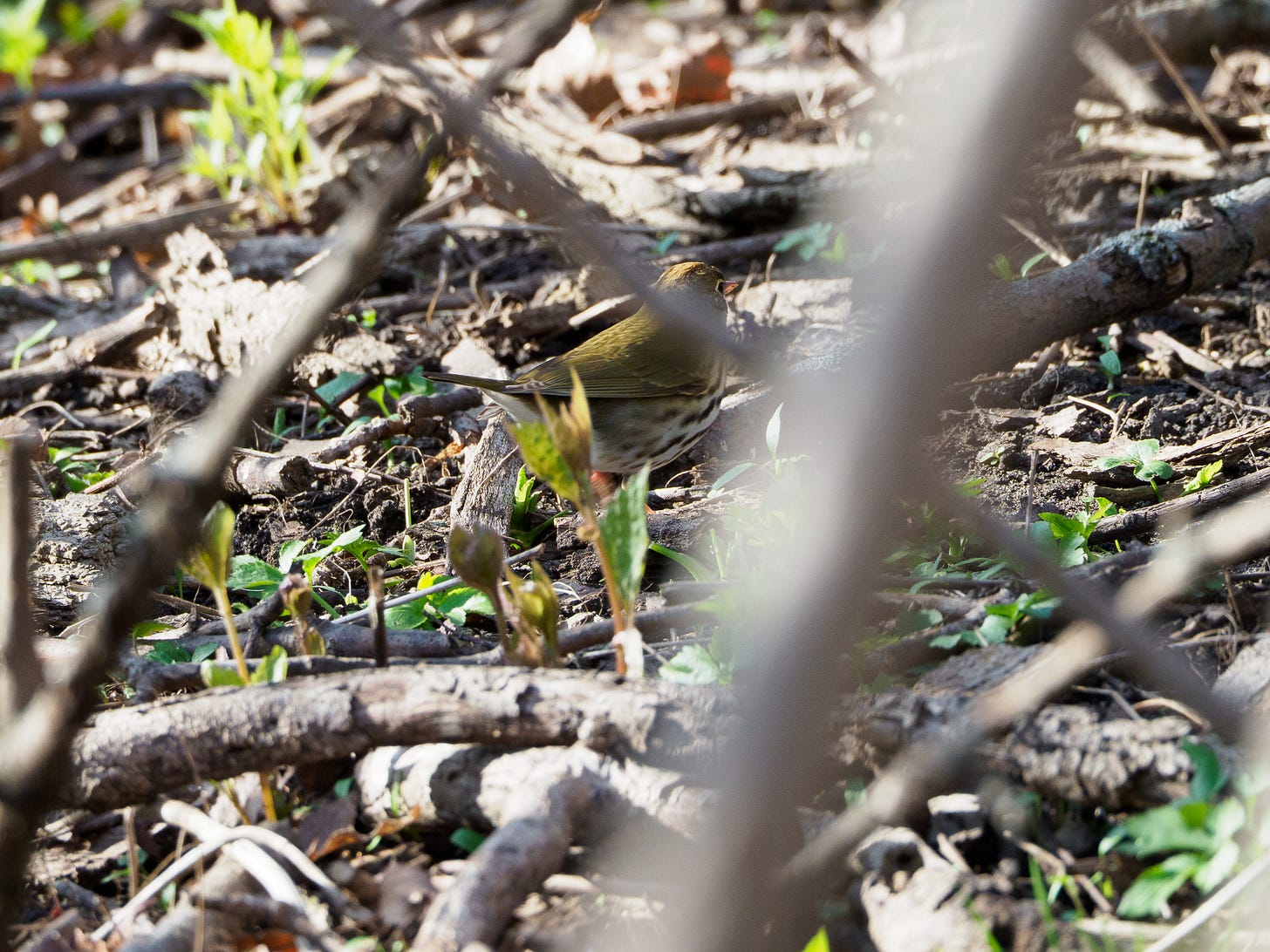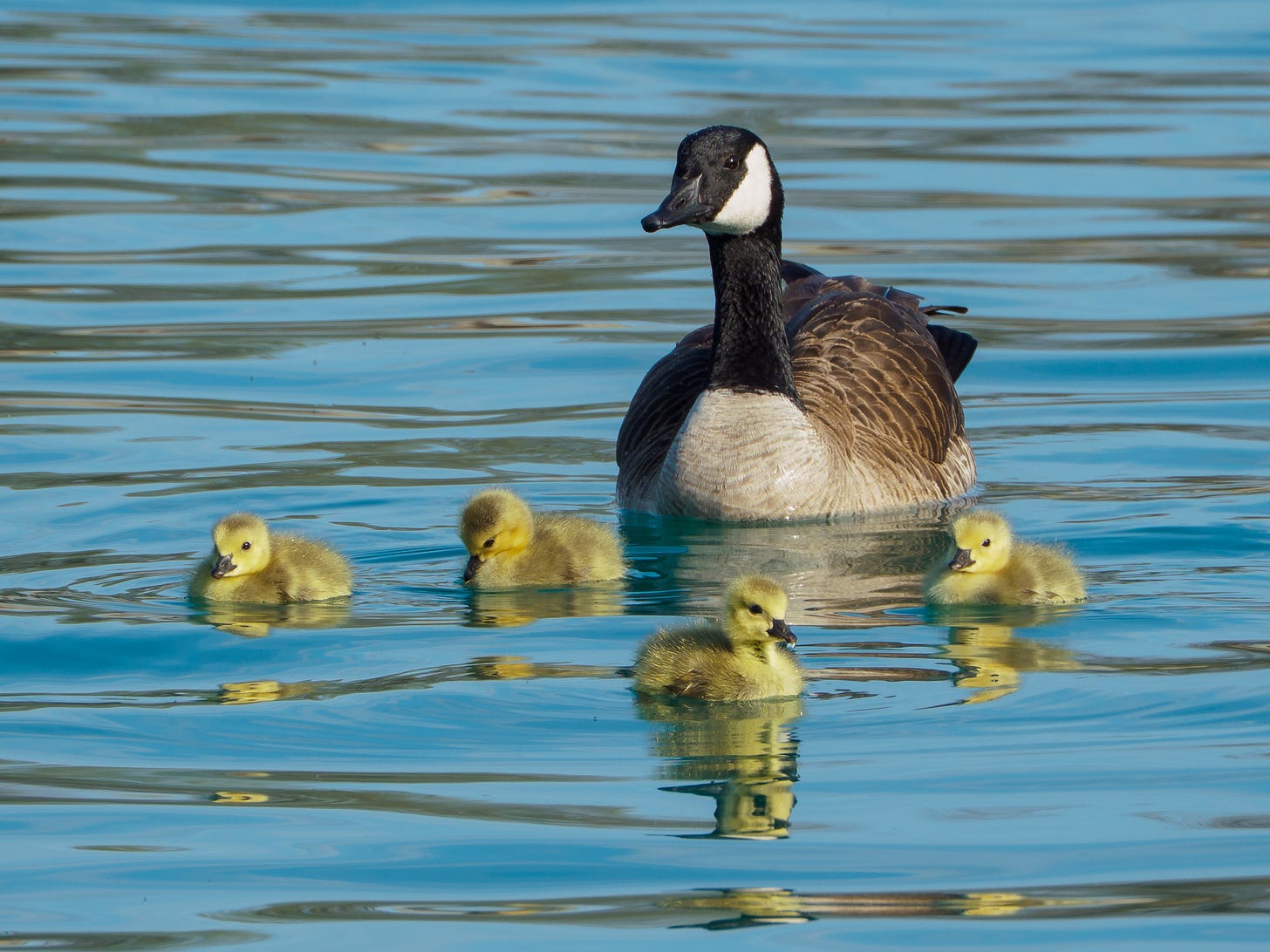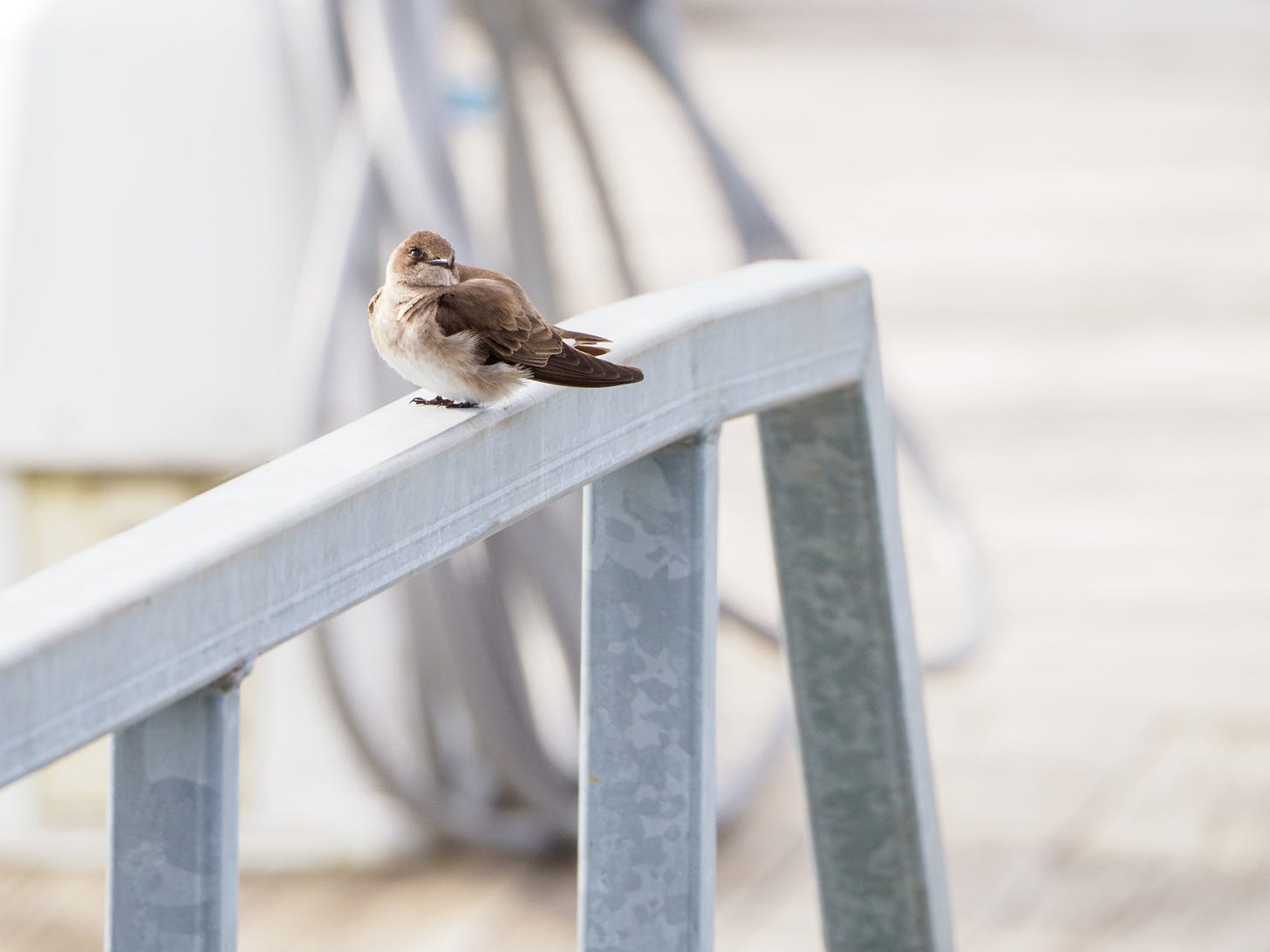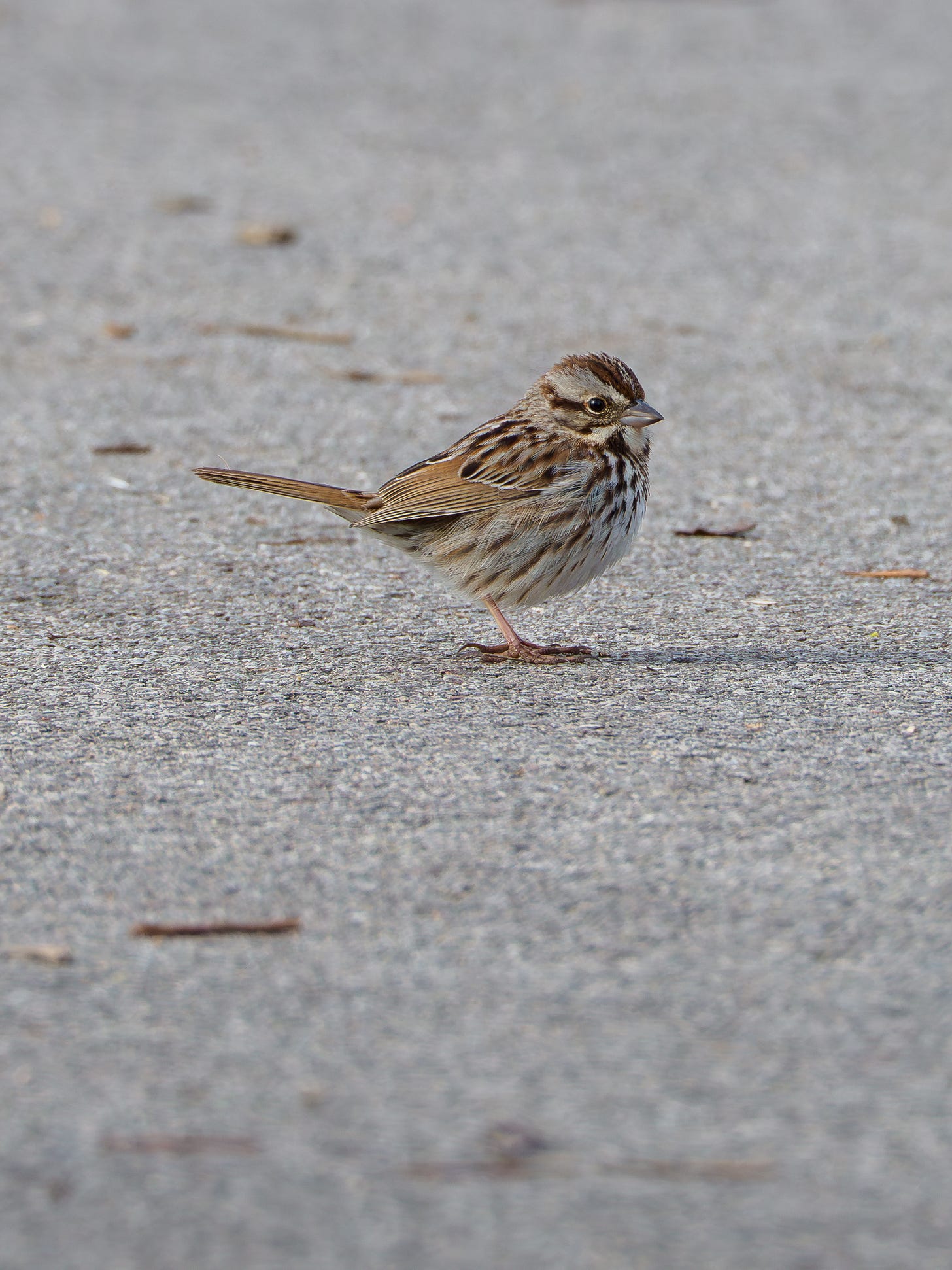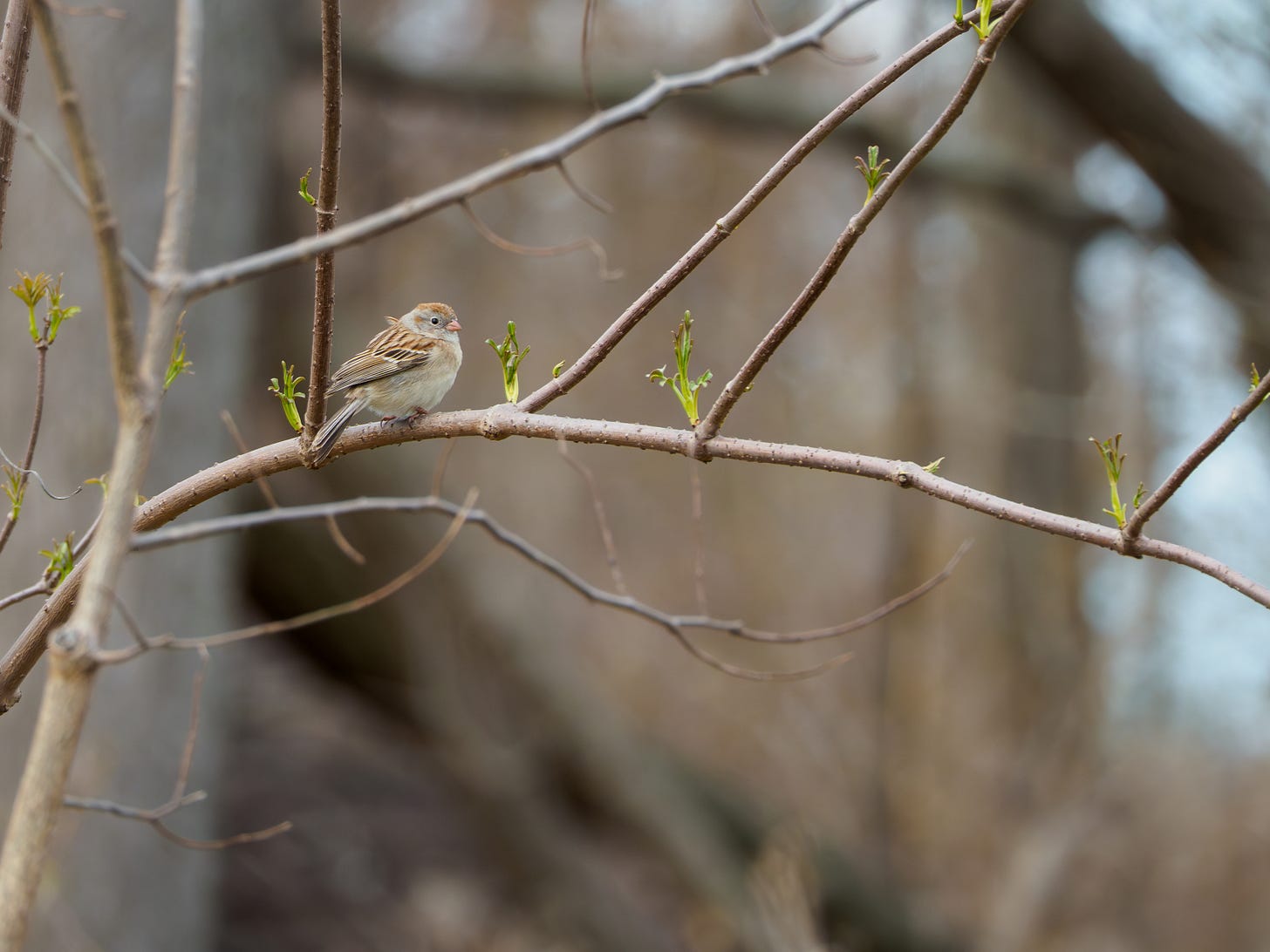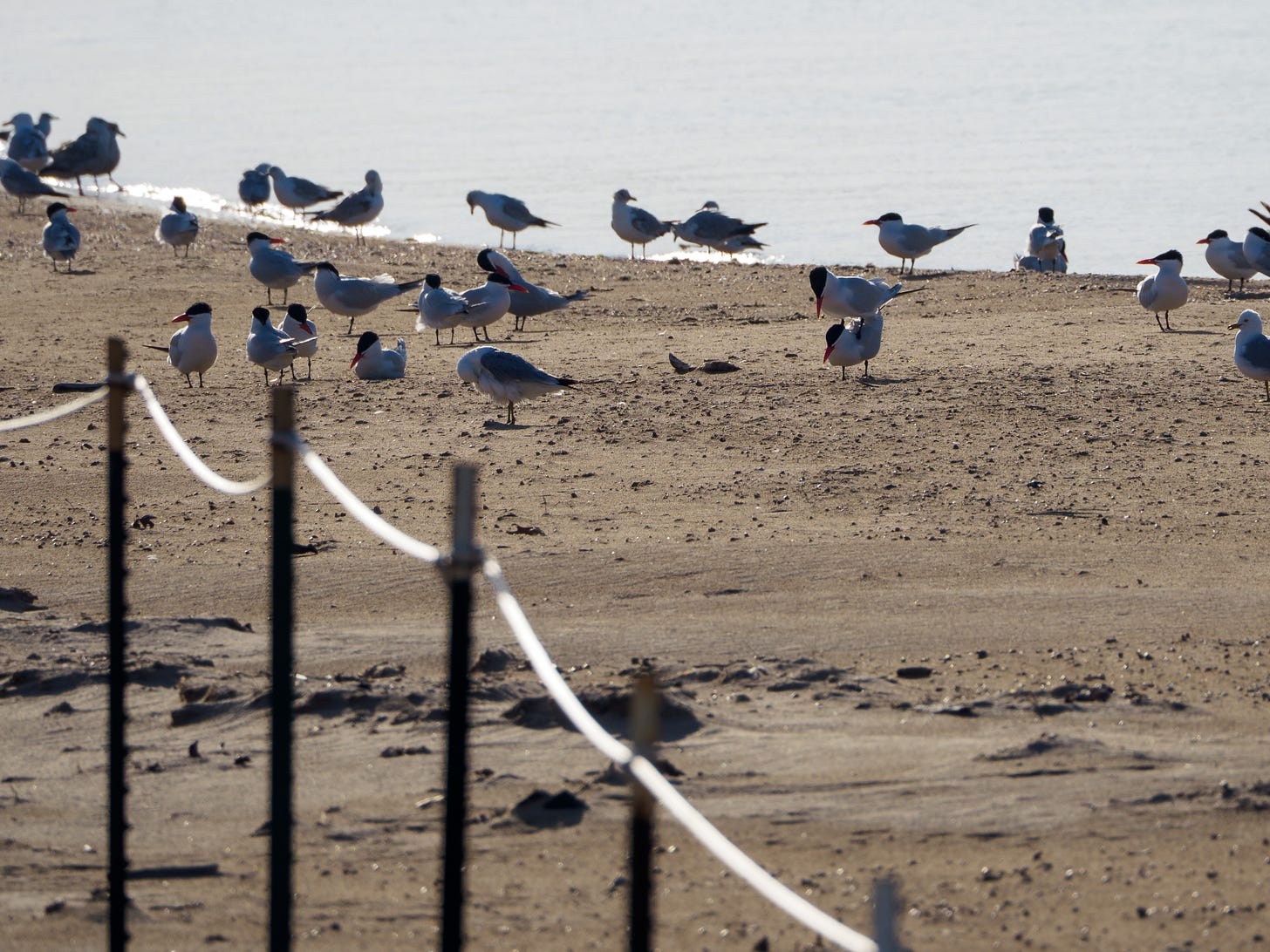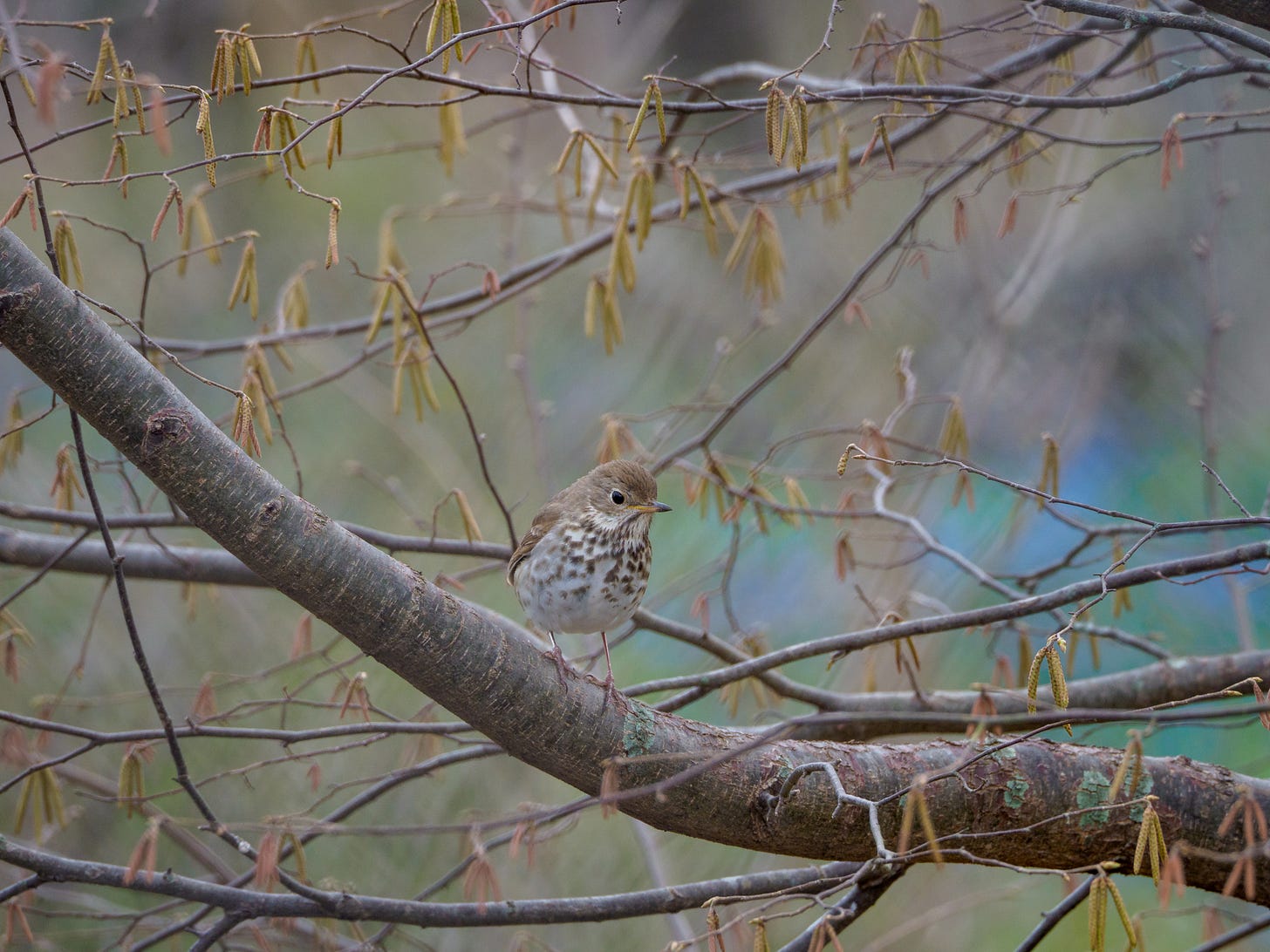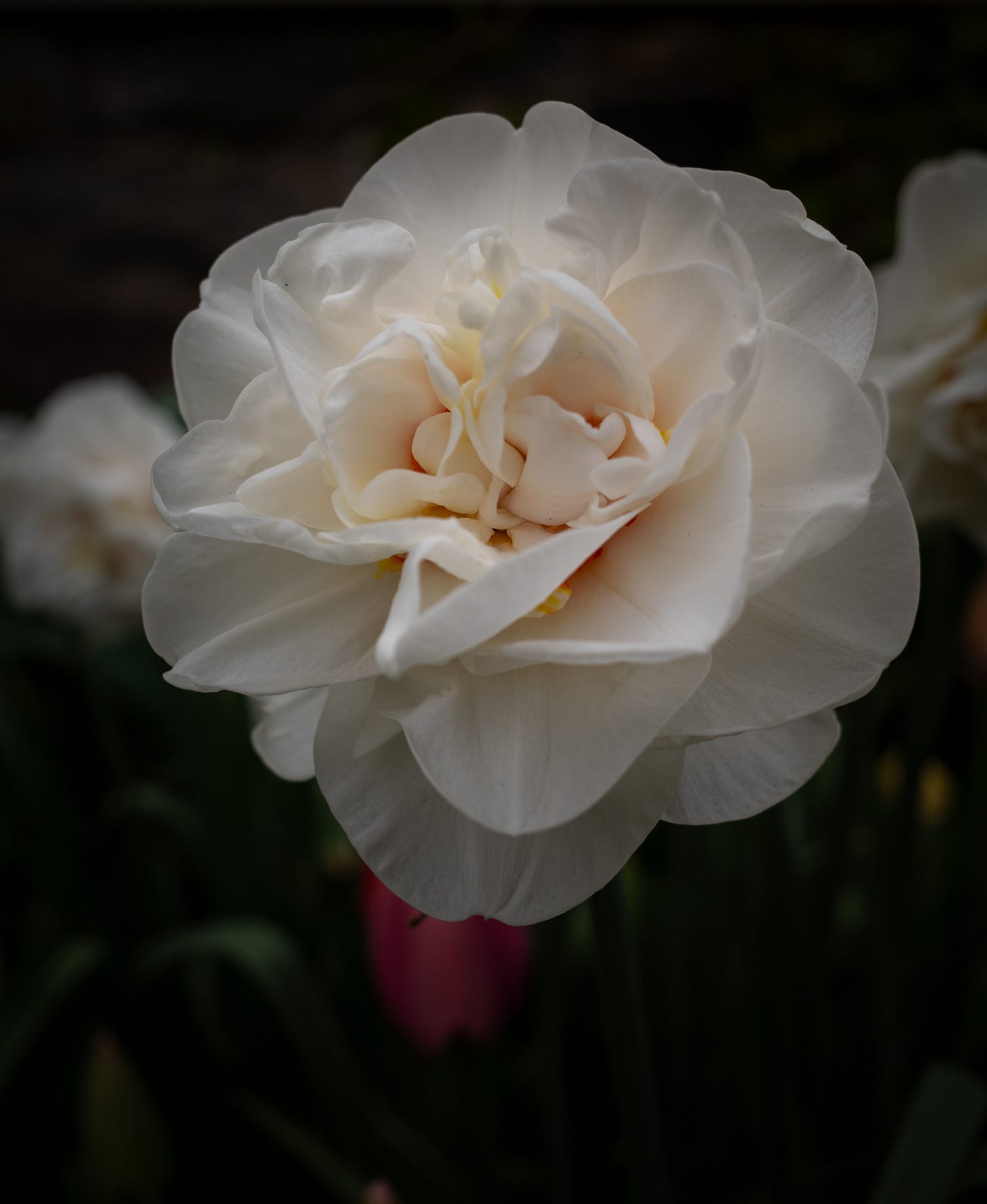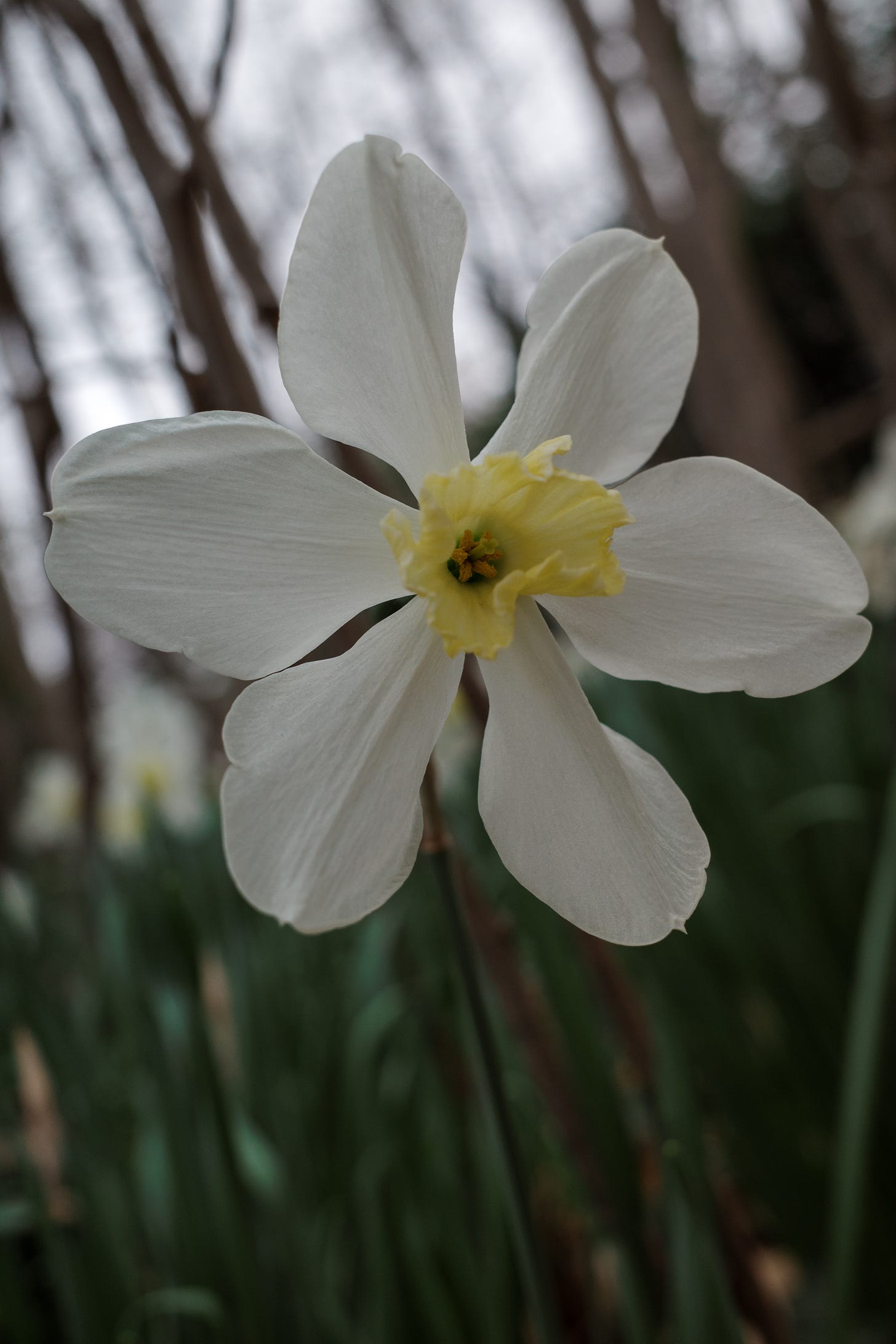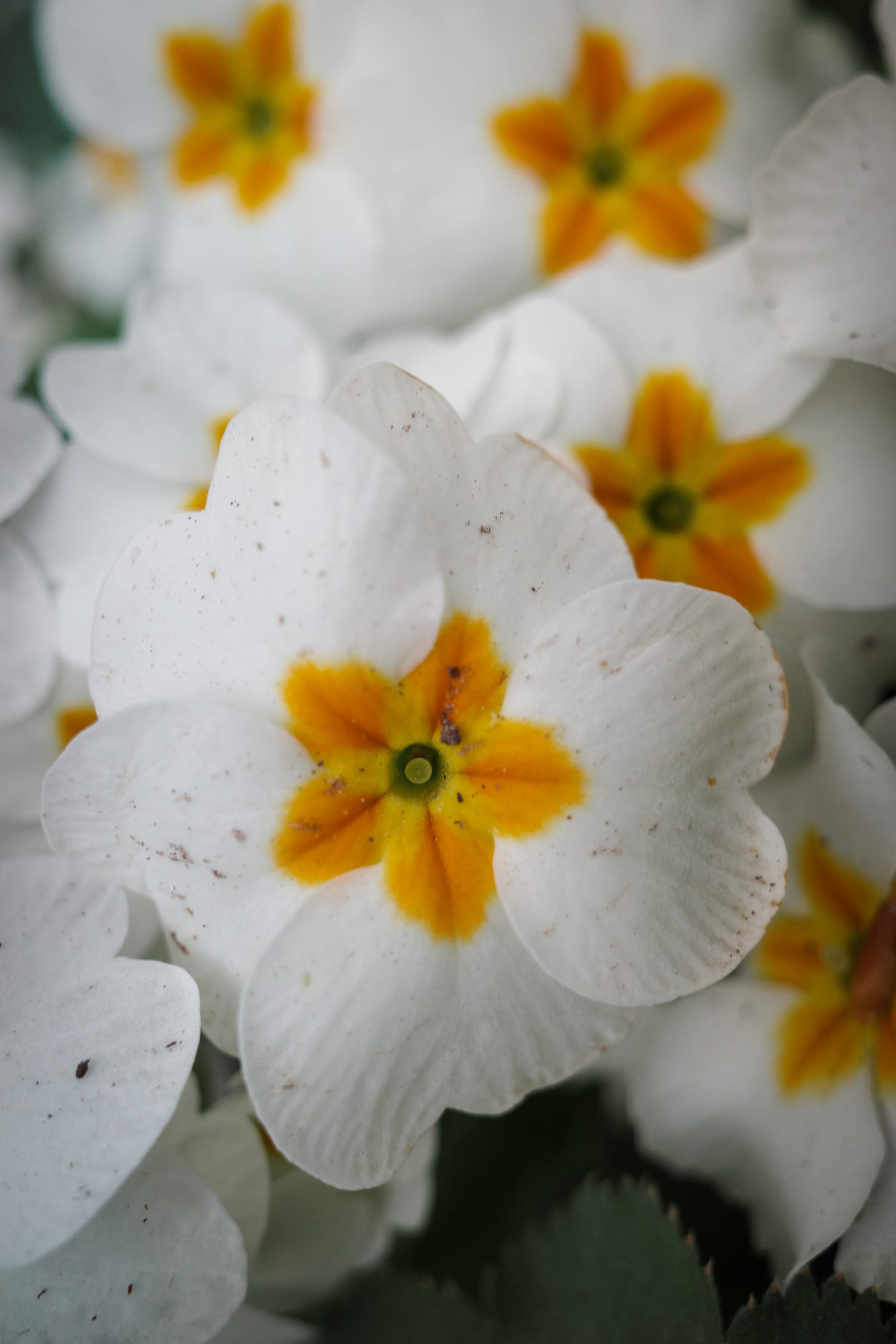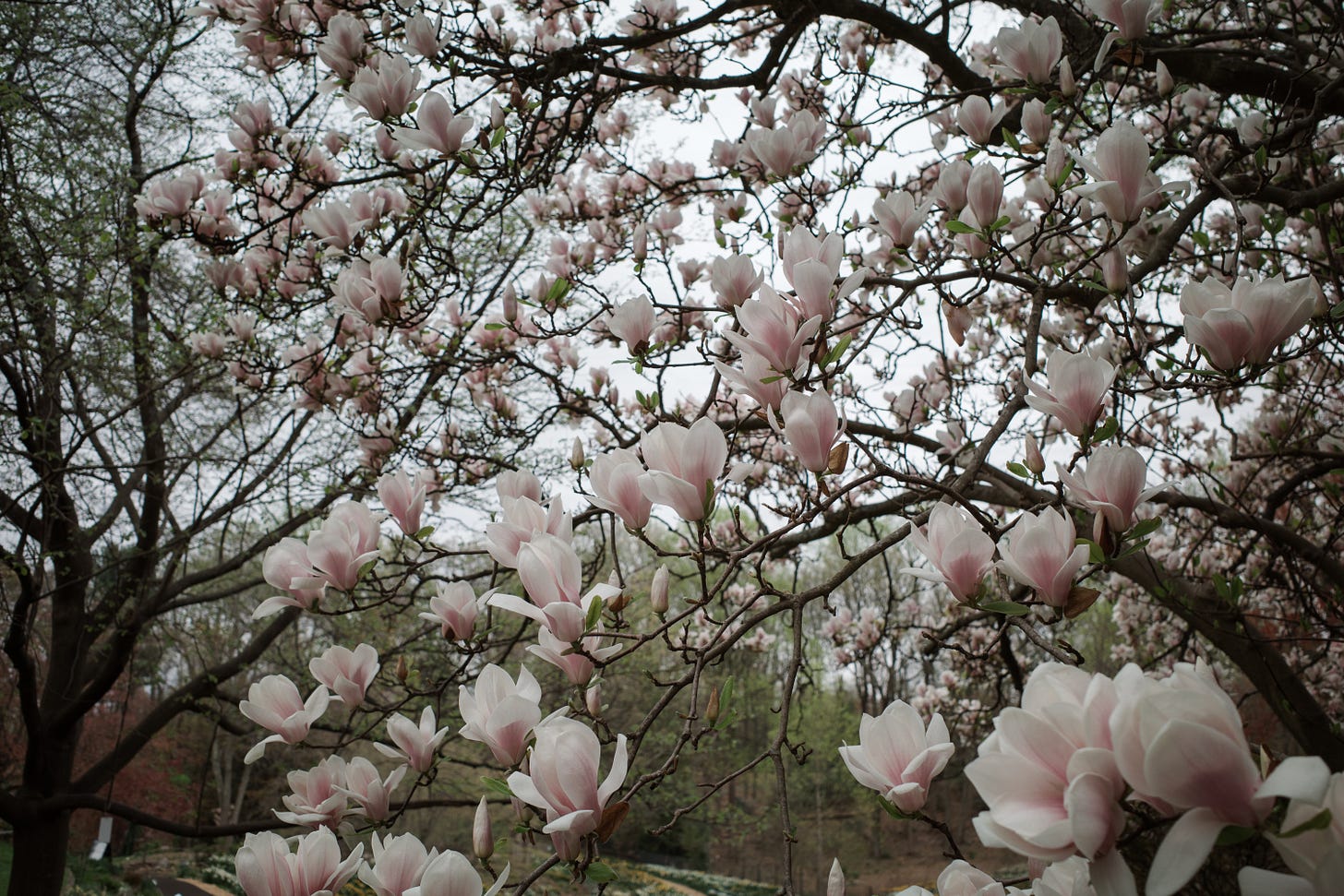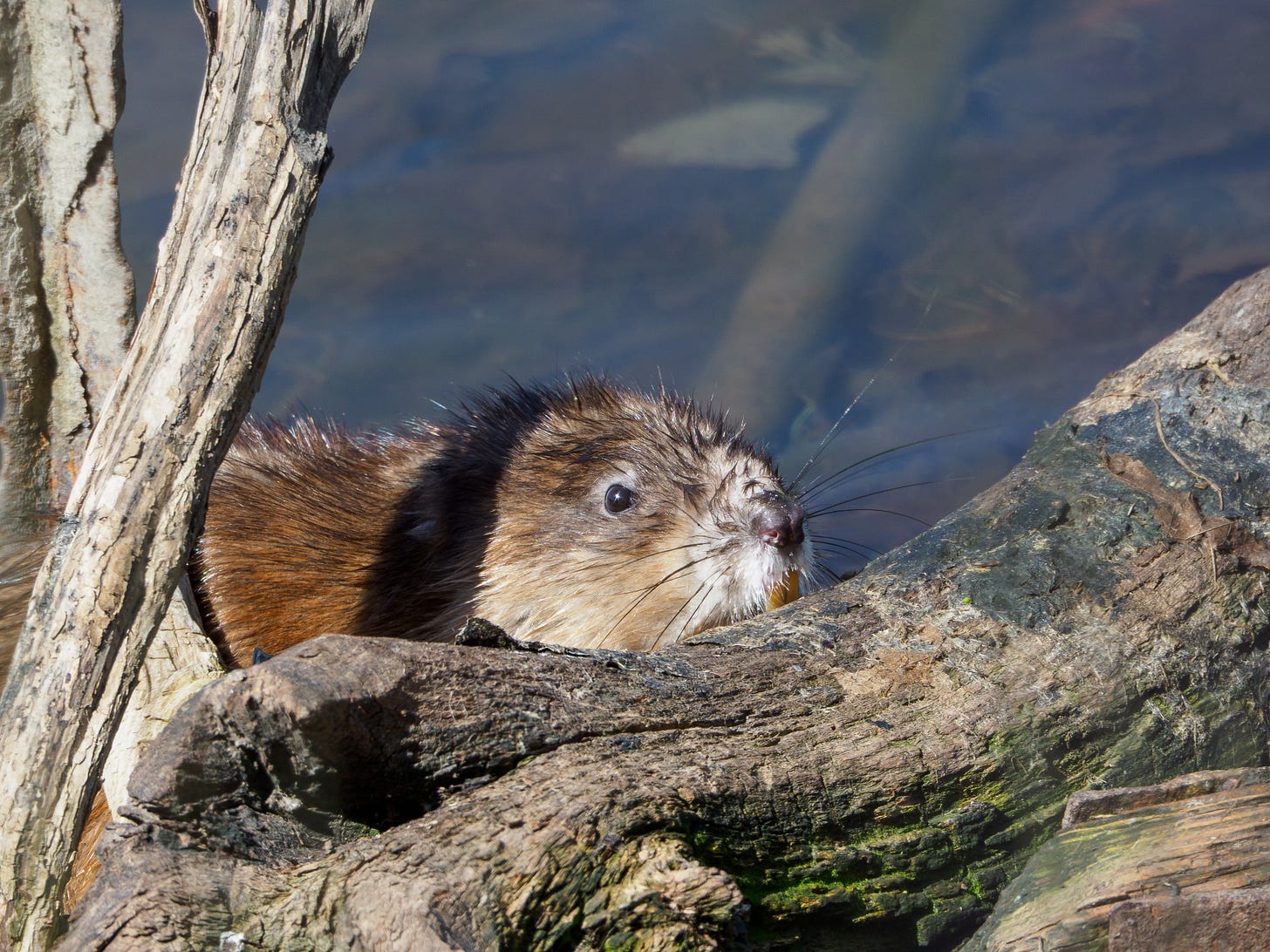I know sometimes people keep a list of movies they’ve seen, or books they’ve read. I of course keep a list of birds I’ve seen and photographed in the U.S./North America instead. I don’t count captive birds in zoos or pets, but there are often populations of birds that straddle the line between wild and captive (much like a streaming miniseries that is a “eight hour movie”). Parks across in Arizona have feral populations of lovebirds, for example, and House Sparrows, the ubiquitous city little brown bird, are also an introduced species. For these cases a decision is made by the ABA checklist committee (real thing) to determine whether an exotic population is established enough to count for birder lists or not. You can see their criteria for making such a decision here, but the bottom line is that they feel you can count species that are part of a self-sufficient population like the Ring-necked Pheasant, an Asian bird introduced to the U.S. that is “established” over here to count.
I think that means that, officially, the Ring-necked Pheasant I saw at Montrose this past week was a lifer. Here’s a really interesting article about this fascinating bird that taught me a couple of things.
They are closely related to the wild species chickens are domesticated from
despite the fact that it is native to Asia, the Ring-necked Pheasant is the official state bird of South Dakota
George Washington released a variety of pheasant species on his estate
That last point is interesting to me. There’s something historically I don’t really understand about the release of European/Asian wildlife in North America as something like a beautification project. Someone says “you know what is beautiful in Europe? Starlings” and then we have starlings across the entire country. My guess is this is a common aspect of colonialism. These pheasants, I guess, are something similar though they are also very popular as a game bird. In terms of habitat they prefer, they are somewhat unusual among pheasants in preferring grasslands, not forests/jungles, but my guess is that what drew this individual to Montrose is the copious amount of birdseed scattered on the ground by human visitors. This birdseed most typically feeds House Sparrows, blackbirds, and chipmunks and is ignored by many of the birds I care most about, like the migrating warblers that have started to show up.
Anyway, besides for this unusual visitor there were several other highlights as is typical for a migration week. It’s a very exciting environment with a lot of change day to day, and I really enjoyed the first wave of warblers (palm, yellow-rumped, and Ovenbird) as well as tons of kinglets, swallows, and sparrows. Sparrows are very tough for me - there are just so many, and even to me they all sorta look the same. But I try, and I saw a few good ones this past week so I included those photos below. Lastly, there was a lifer White-eyed Vireo (incredible), and a beautiful group of sleeping American Avocets resting after what I assume was a long night migration flight. They are gorgeous as ever.

